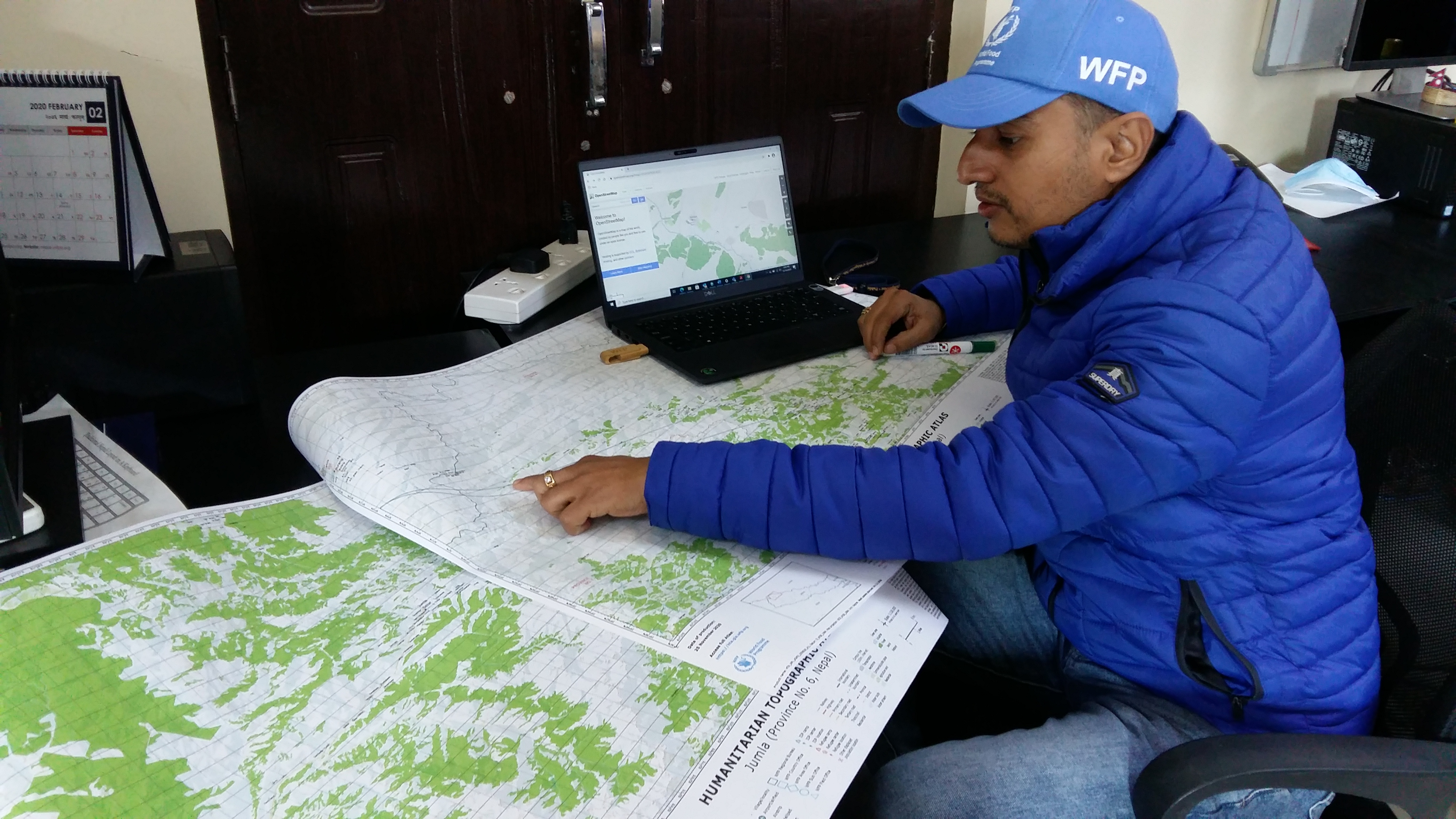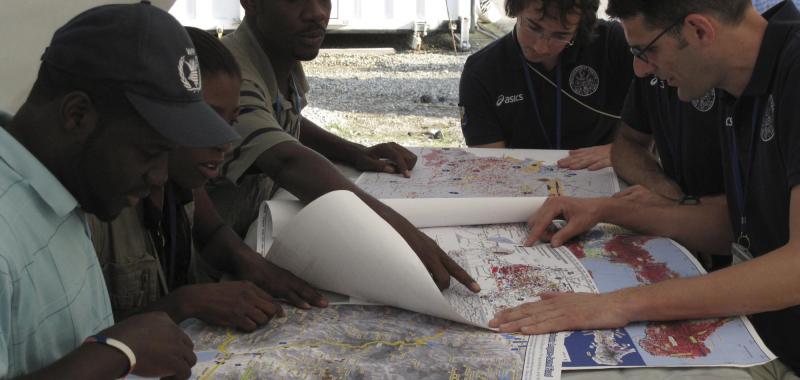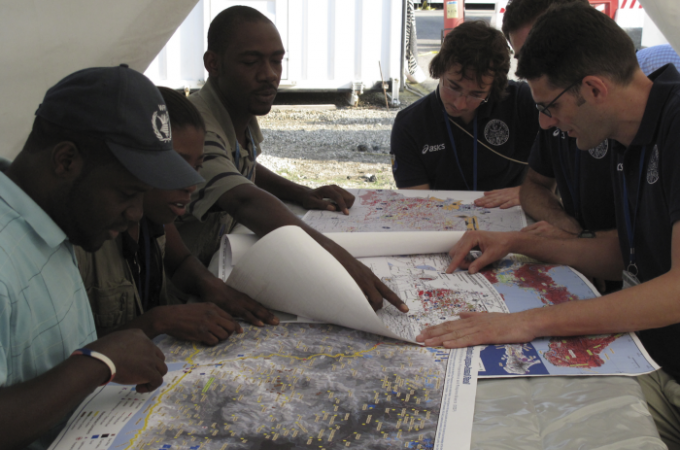Knowing the context of a territory or terrain is at the core of any efficient humanitarian operation.
The Humanitarian Topographic Atlas (HTA) makes use of custom software capable of harvesting geographic and humanitarian information, creating thousands of high-resolution printable topographic maps at different administrative levels and paper sizes. These maps will give humanitarians and governments the information they need in order to make decisions that will save lives and avoid suffering. They will also maximize the use of valuable resources by cutting down on the so-called 'regrettable deployment', which is the case of using expensive delivery means (such as helicopters) when cheaper alternatives are available (such as road or river networks).

The project itself consists of three different components:
- an automated system that incorporates data from various open-source databases;
- a mapping engine able to put together information harvested from various sources into high-quality maps; and
- an intuitive and user-friendly website, where programme, logistics and emergency officers can search and download the desired map.
HTA will provide key information at no cost, is completely automated, requires minimum supervision and maintenance, and will serve the wider development and humanitarian community for years to come.
To access HTA, visit: https://hta.gis.wfp.org








